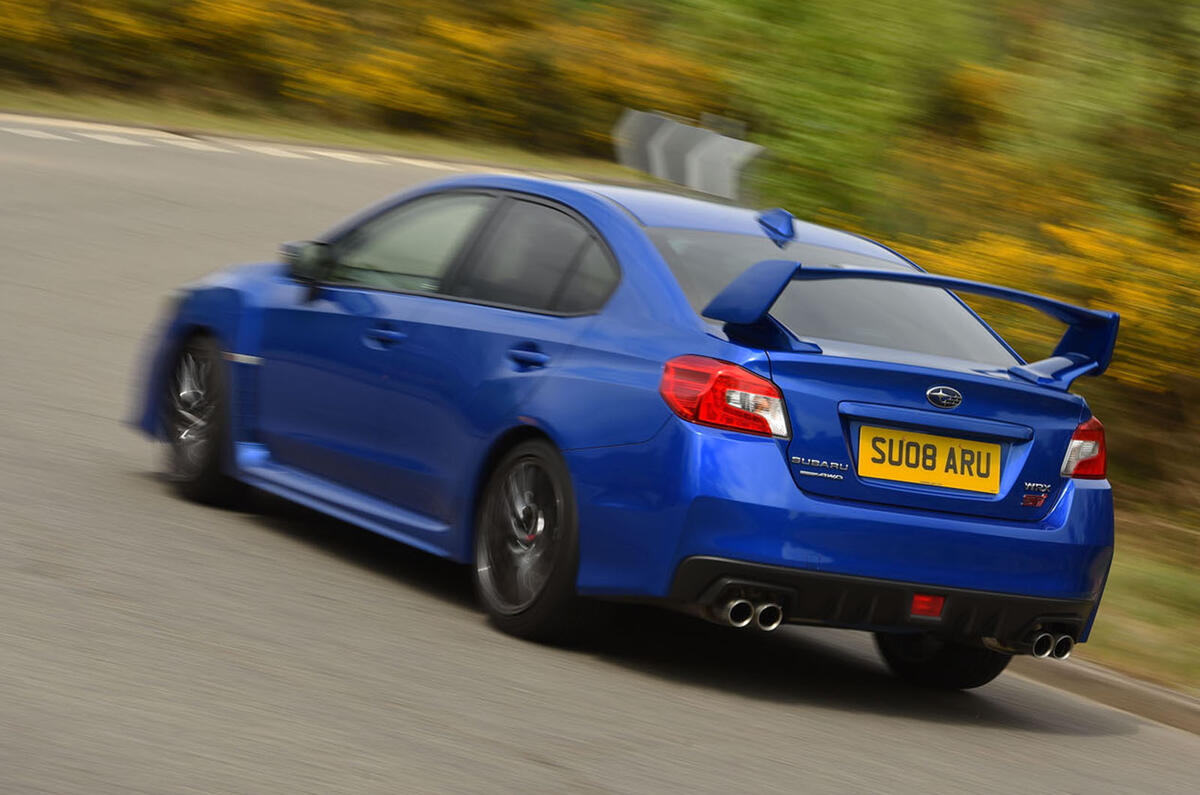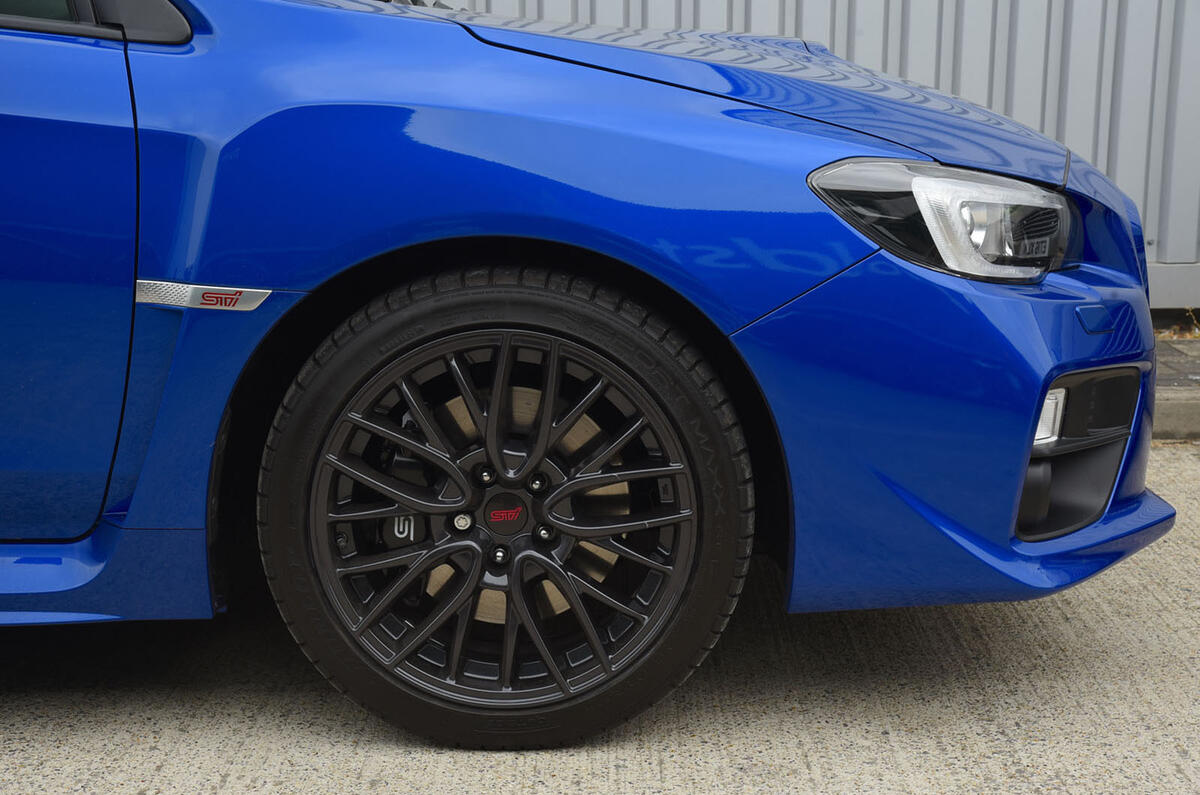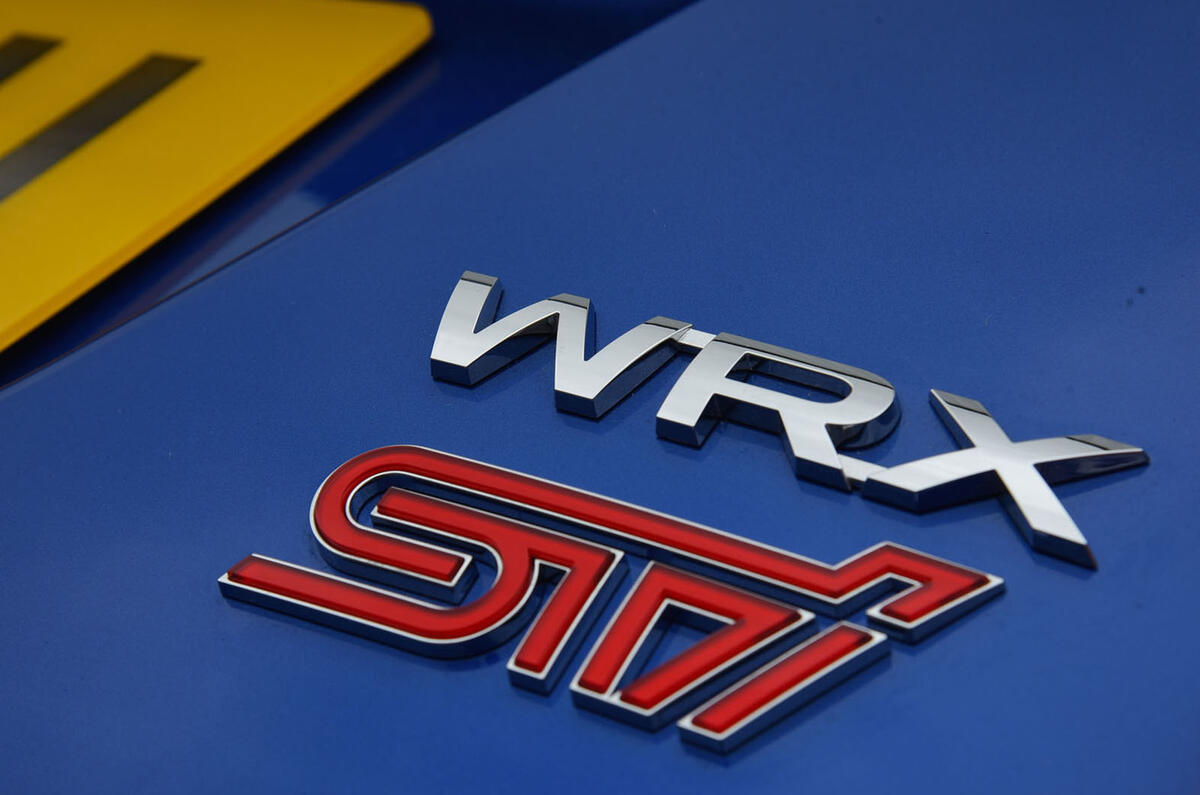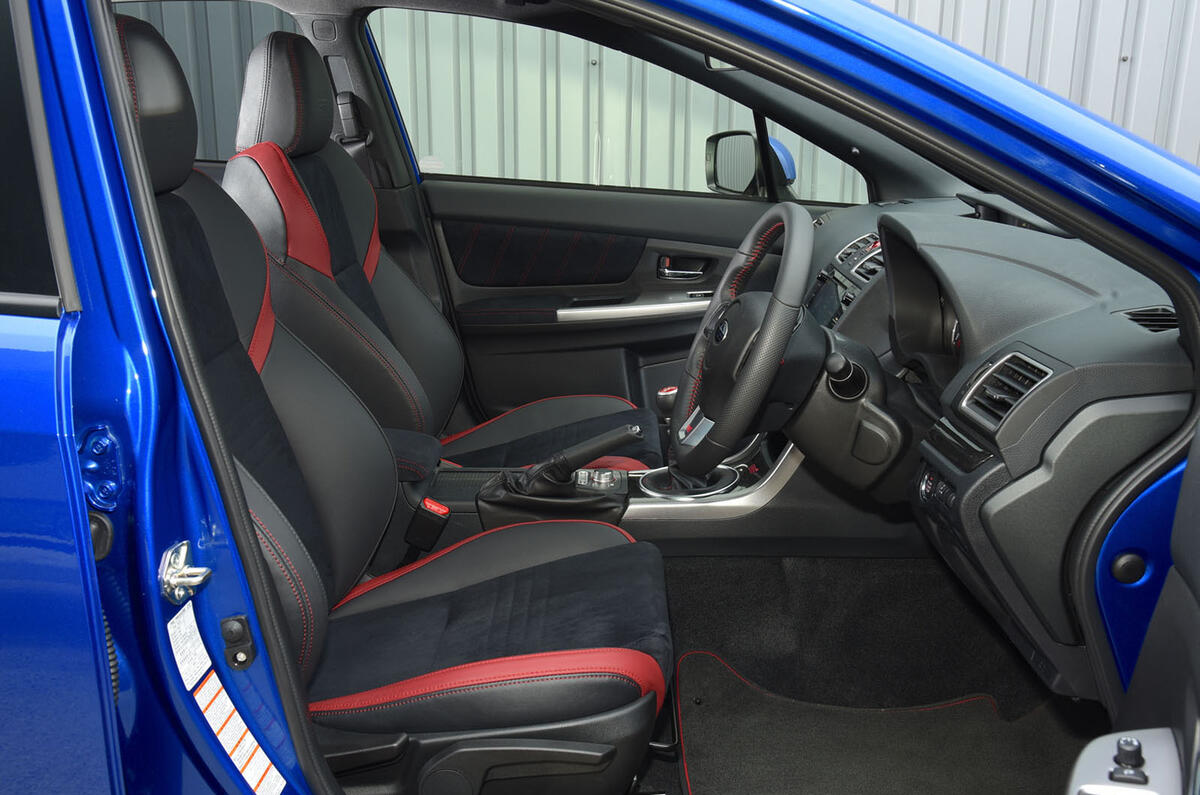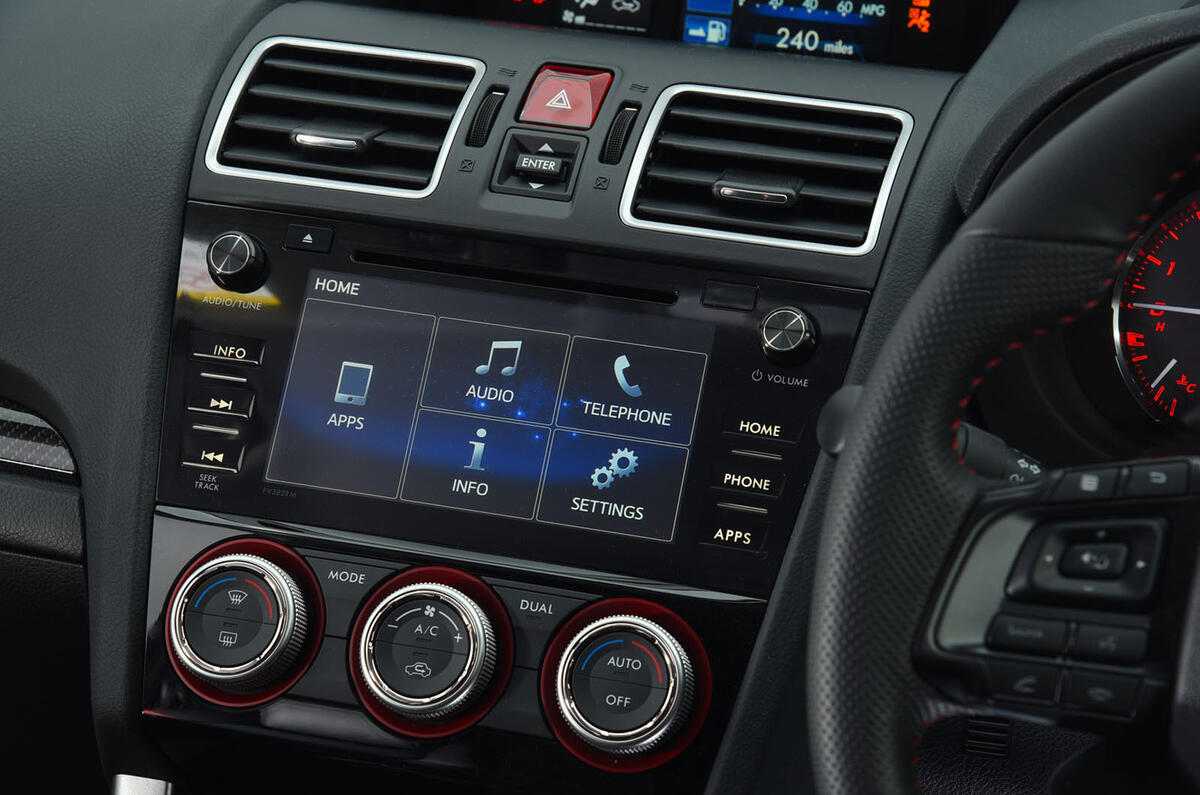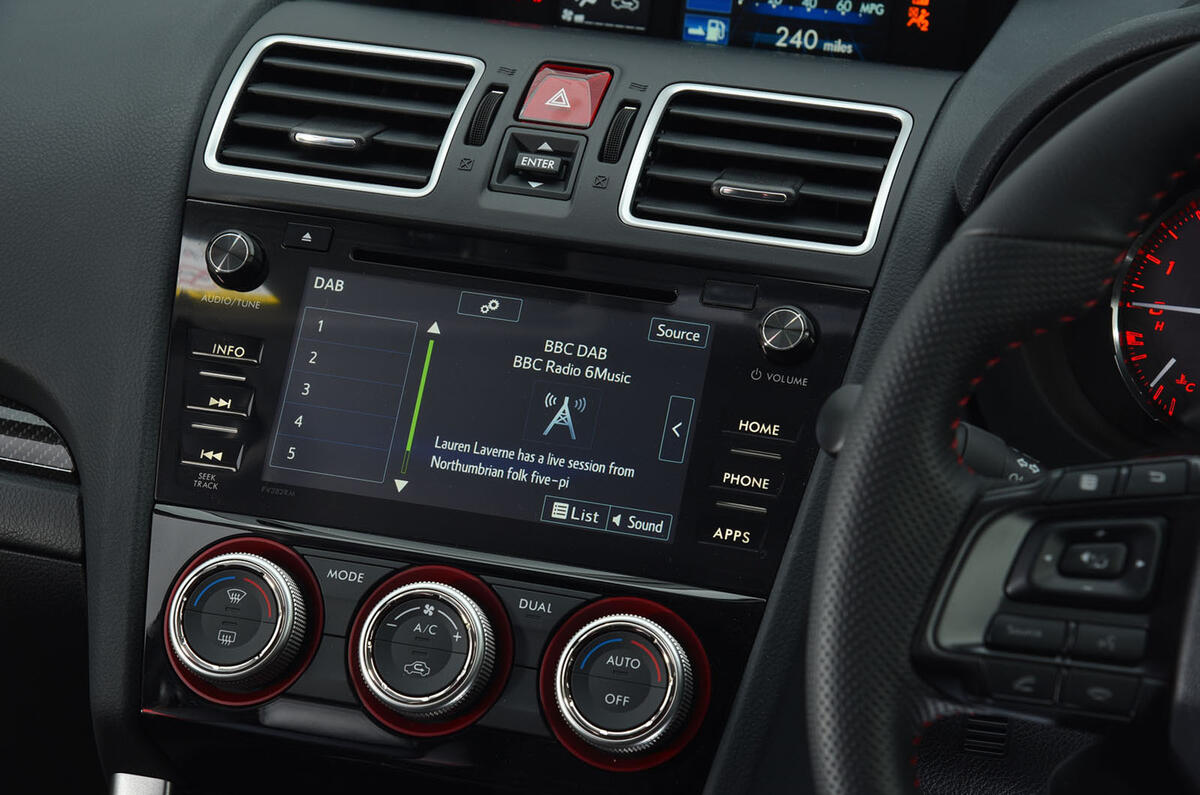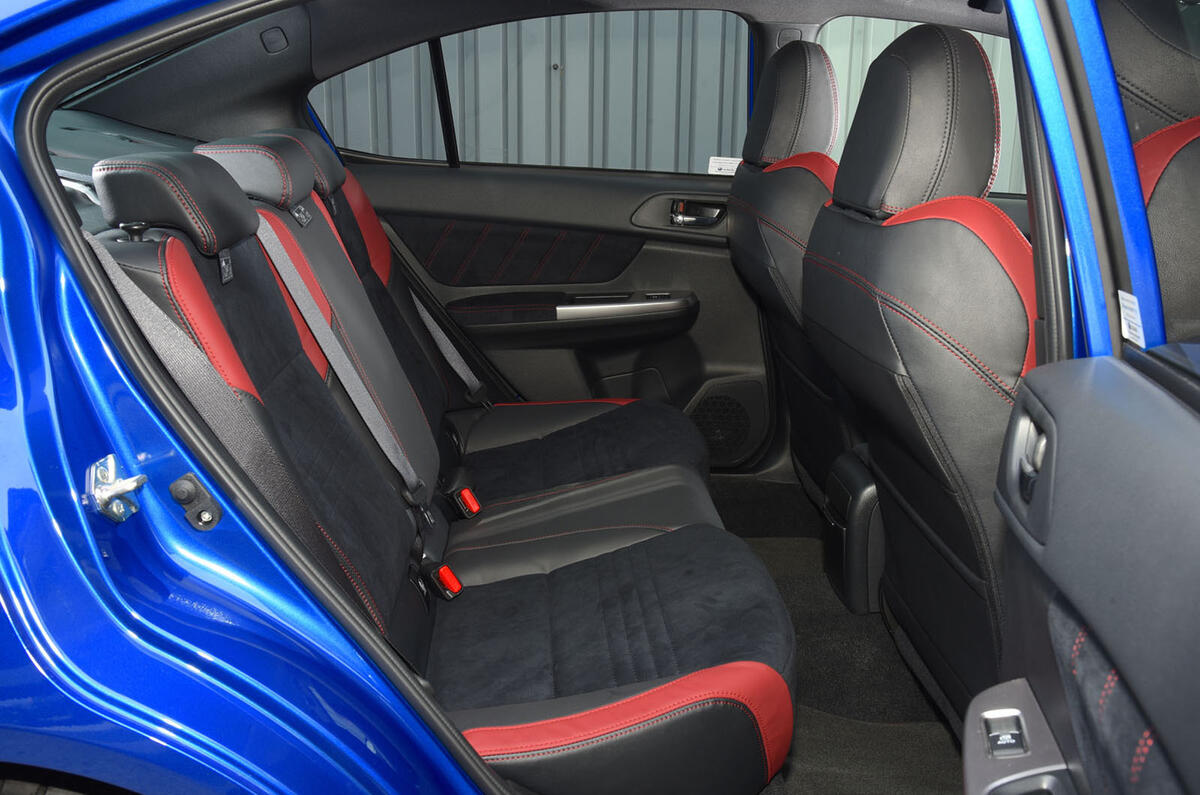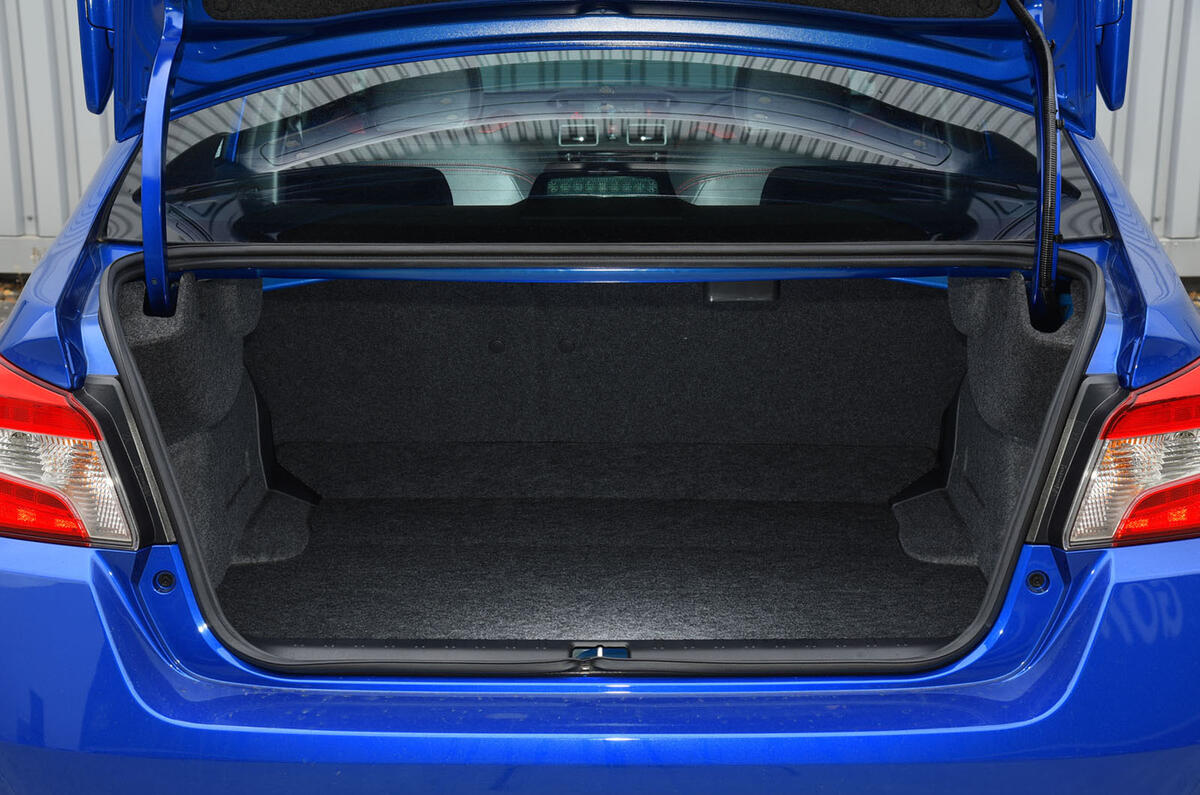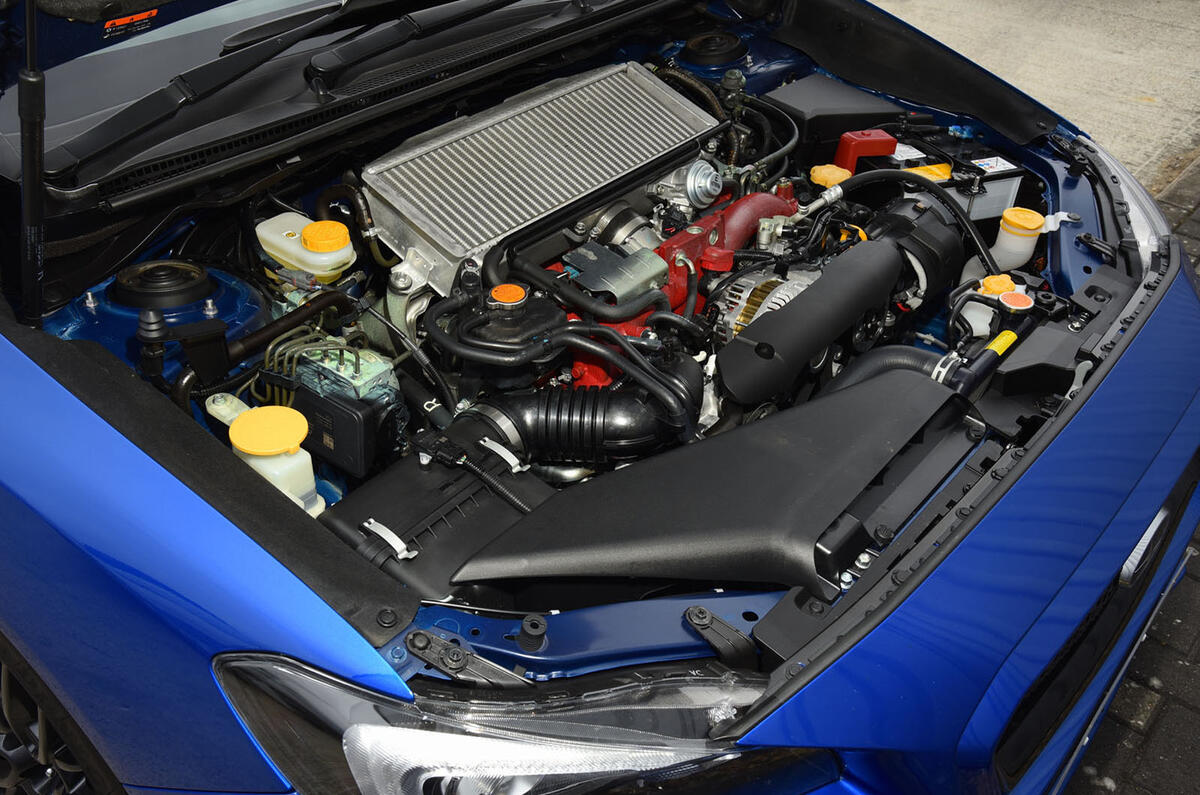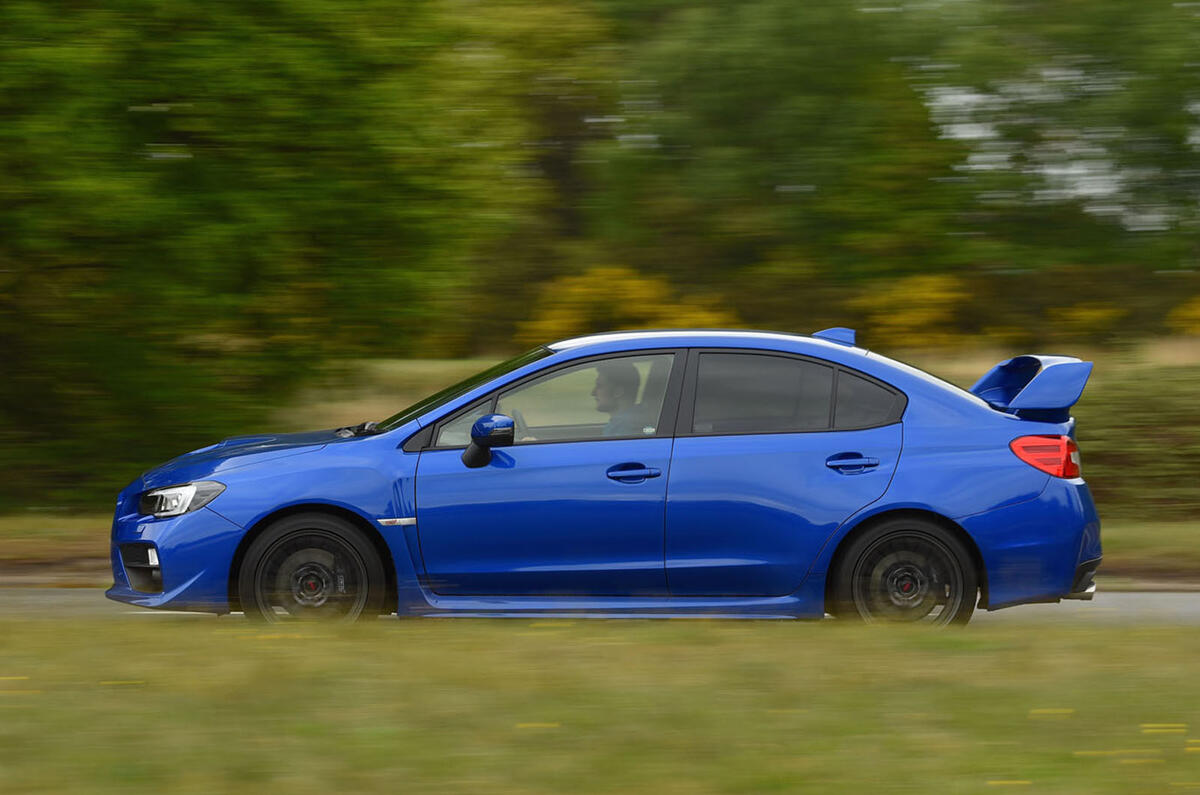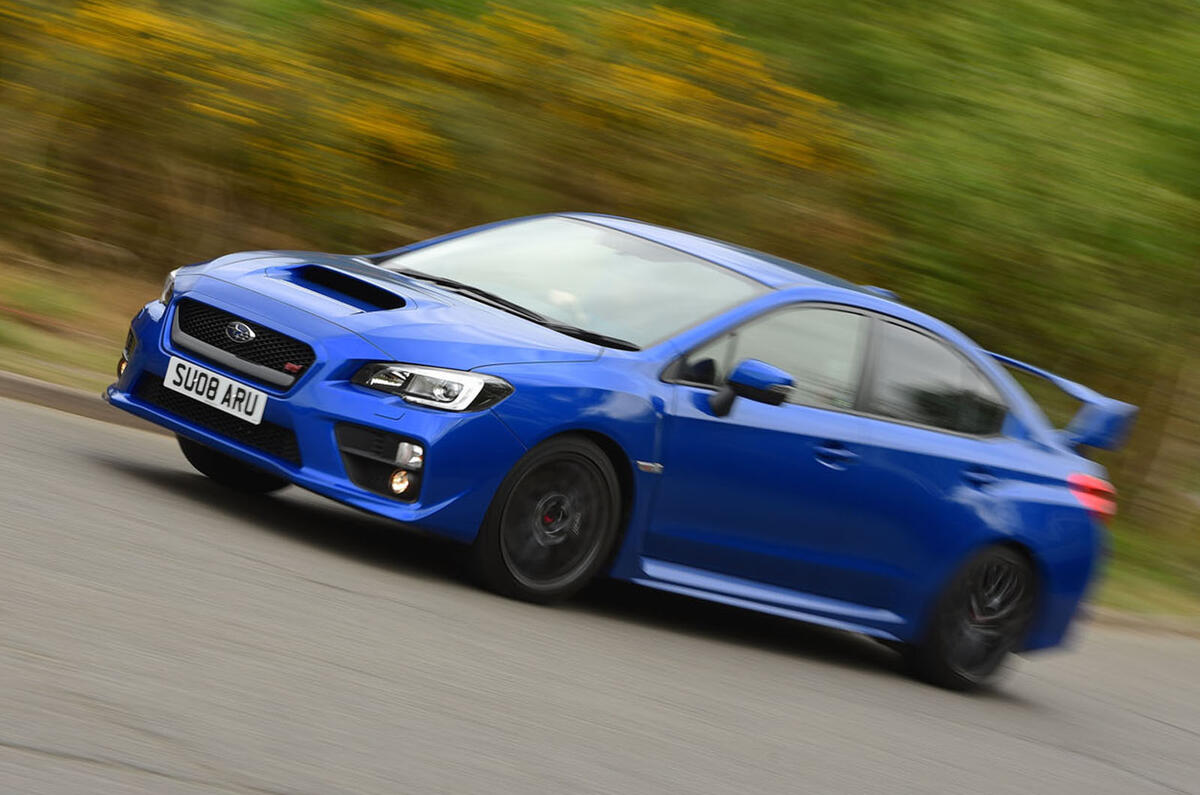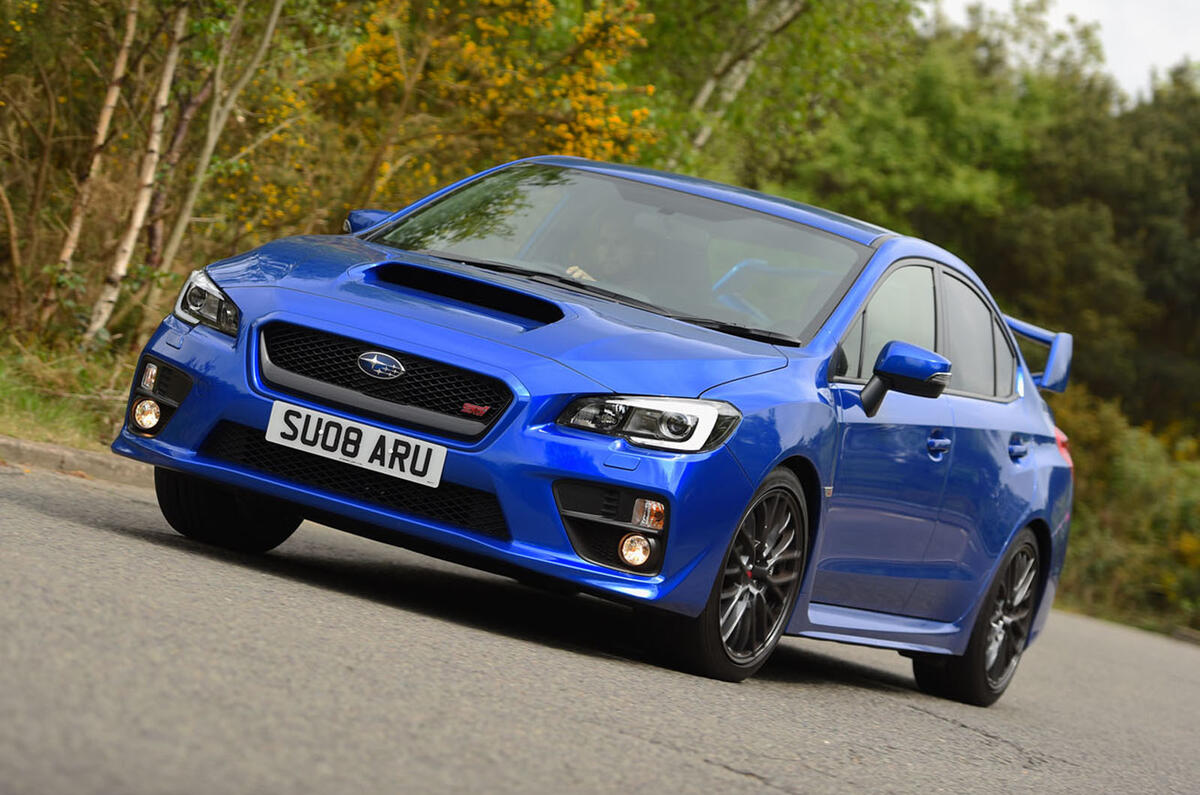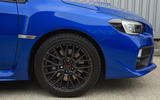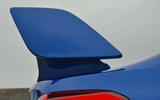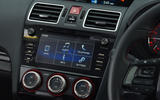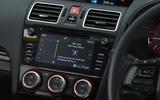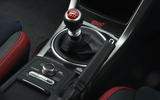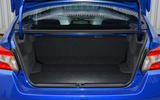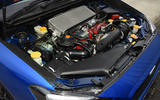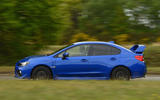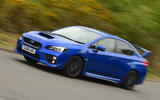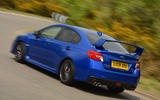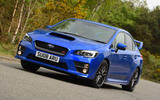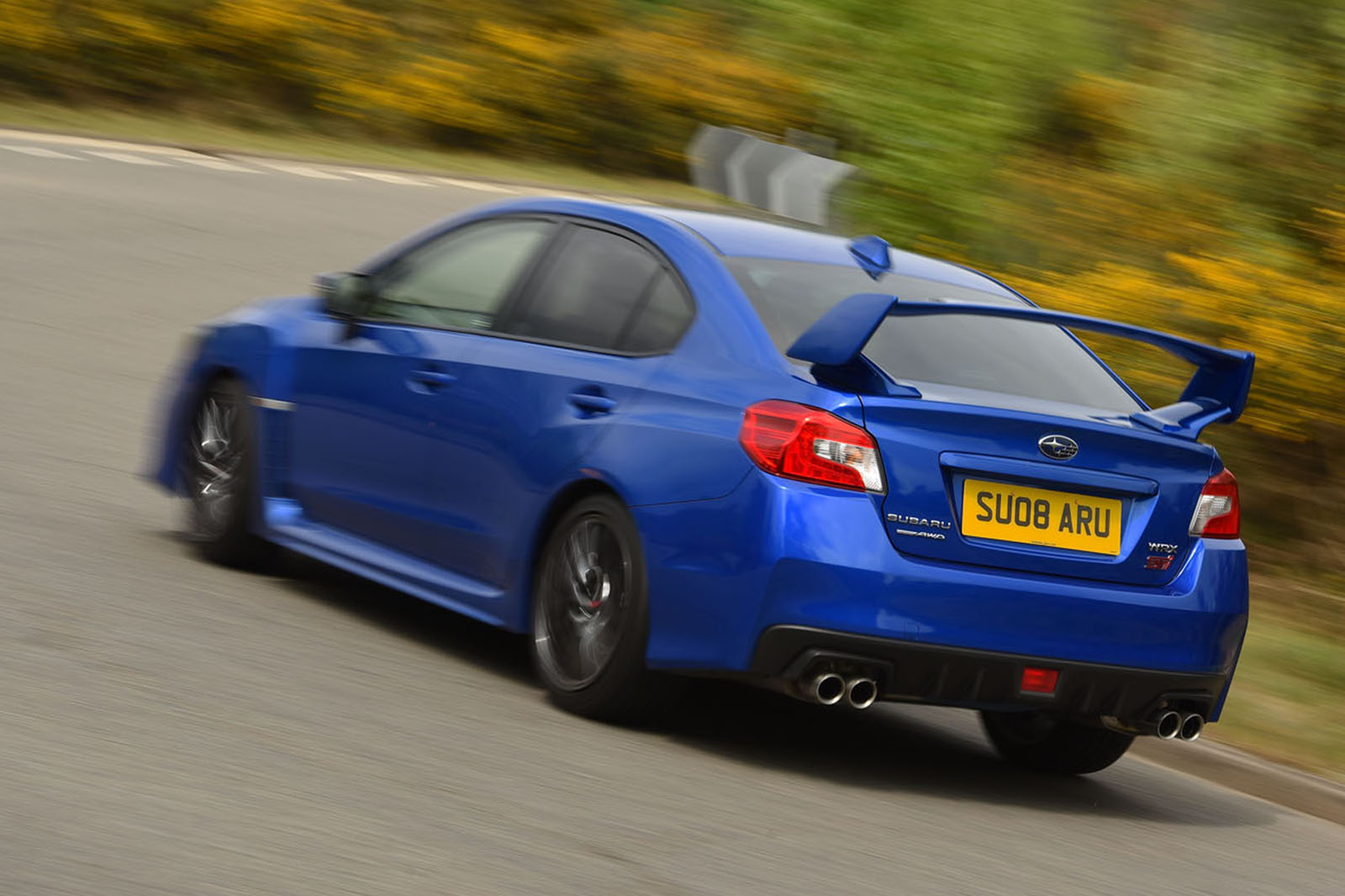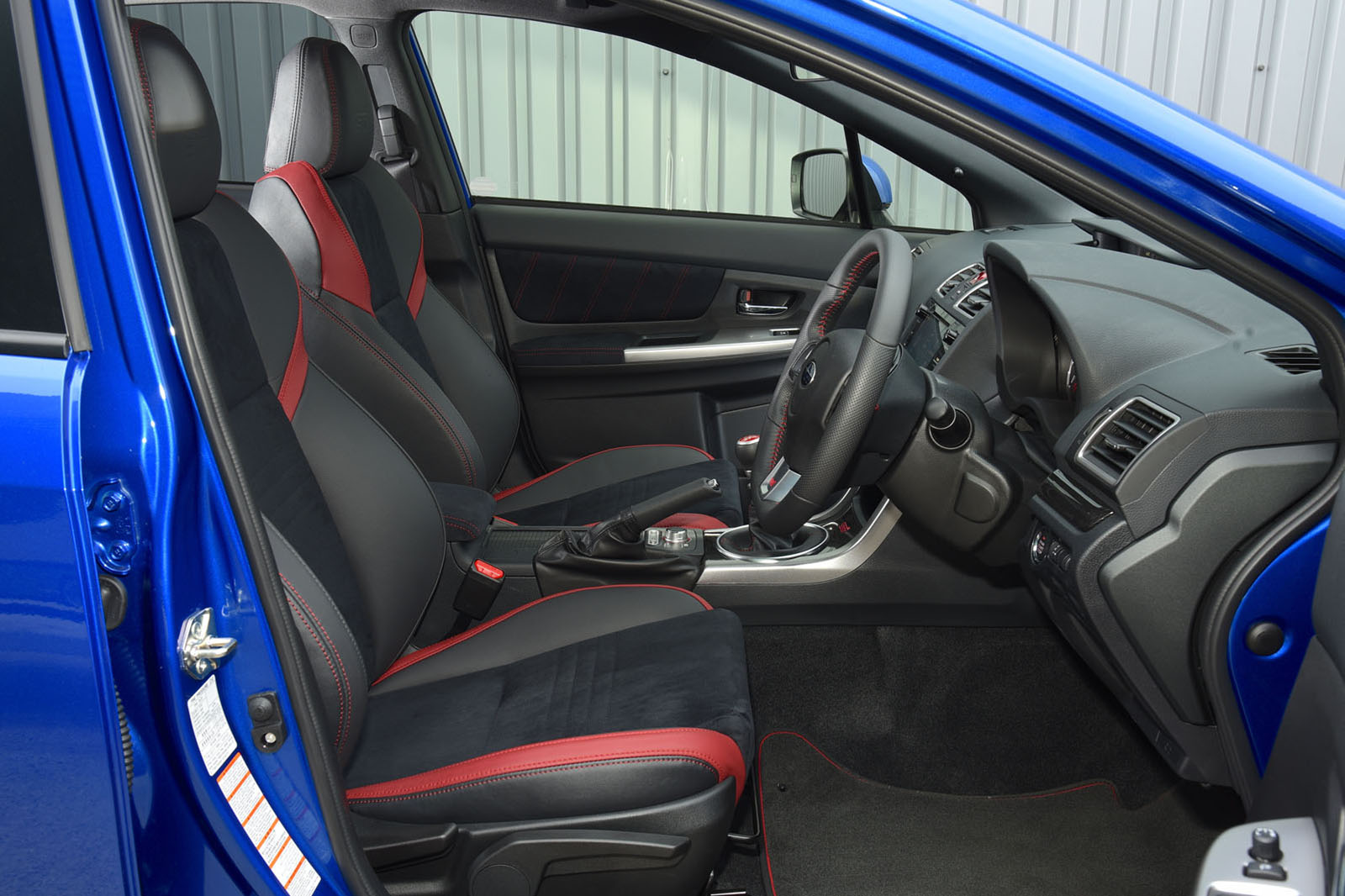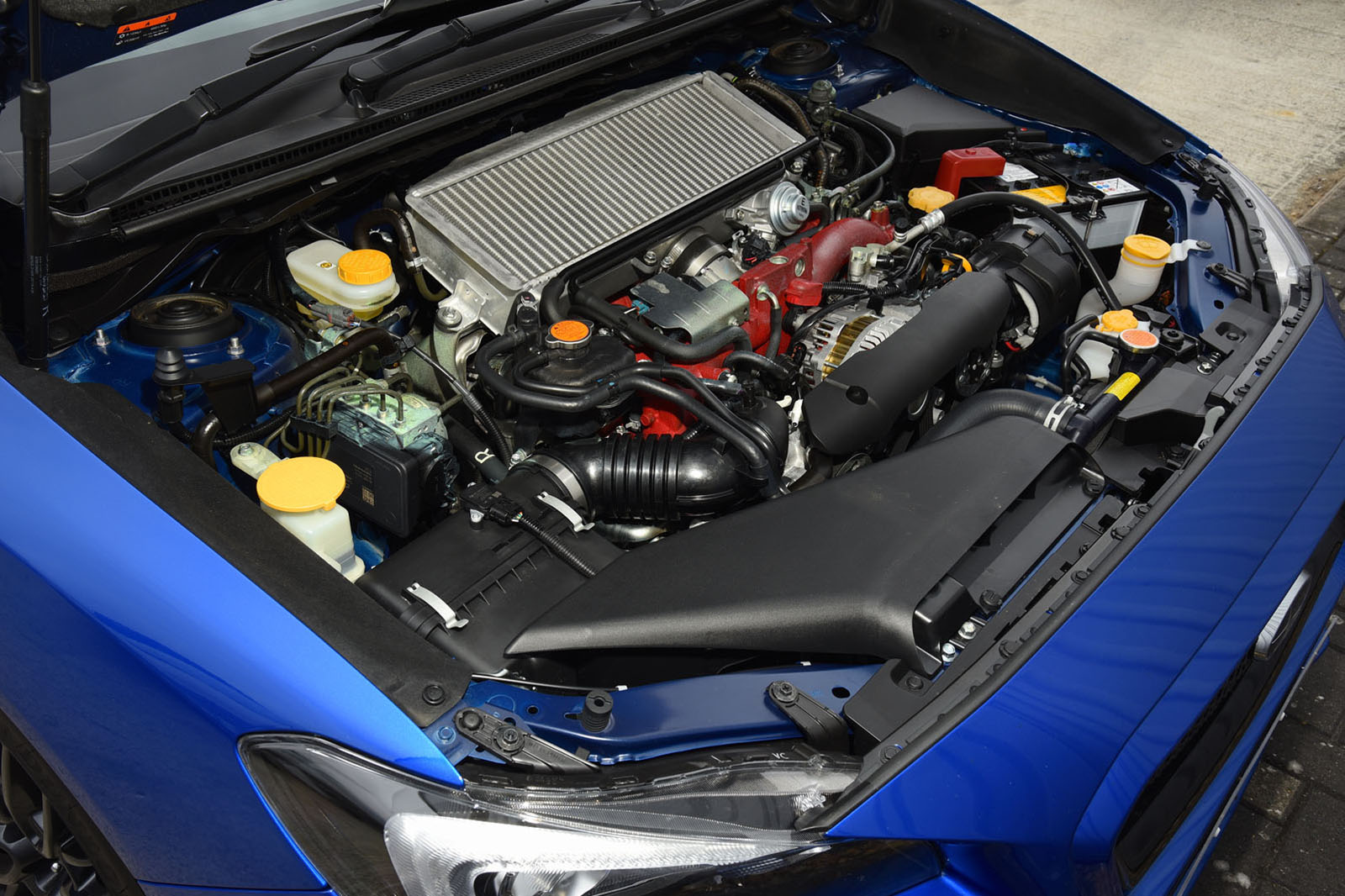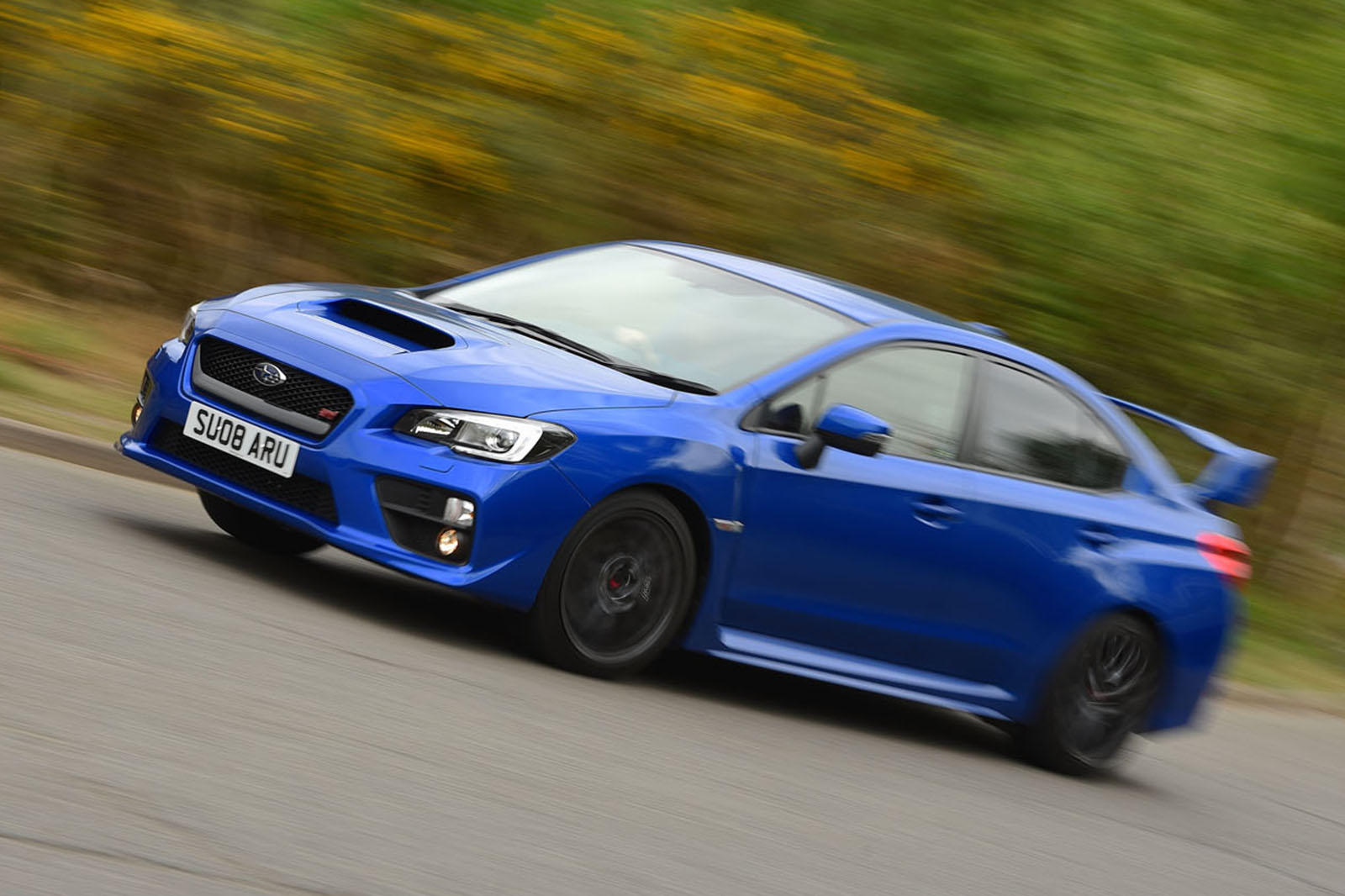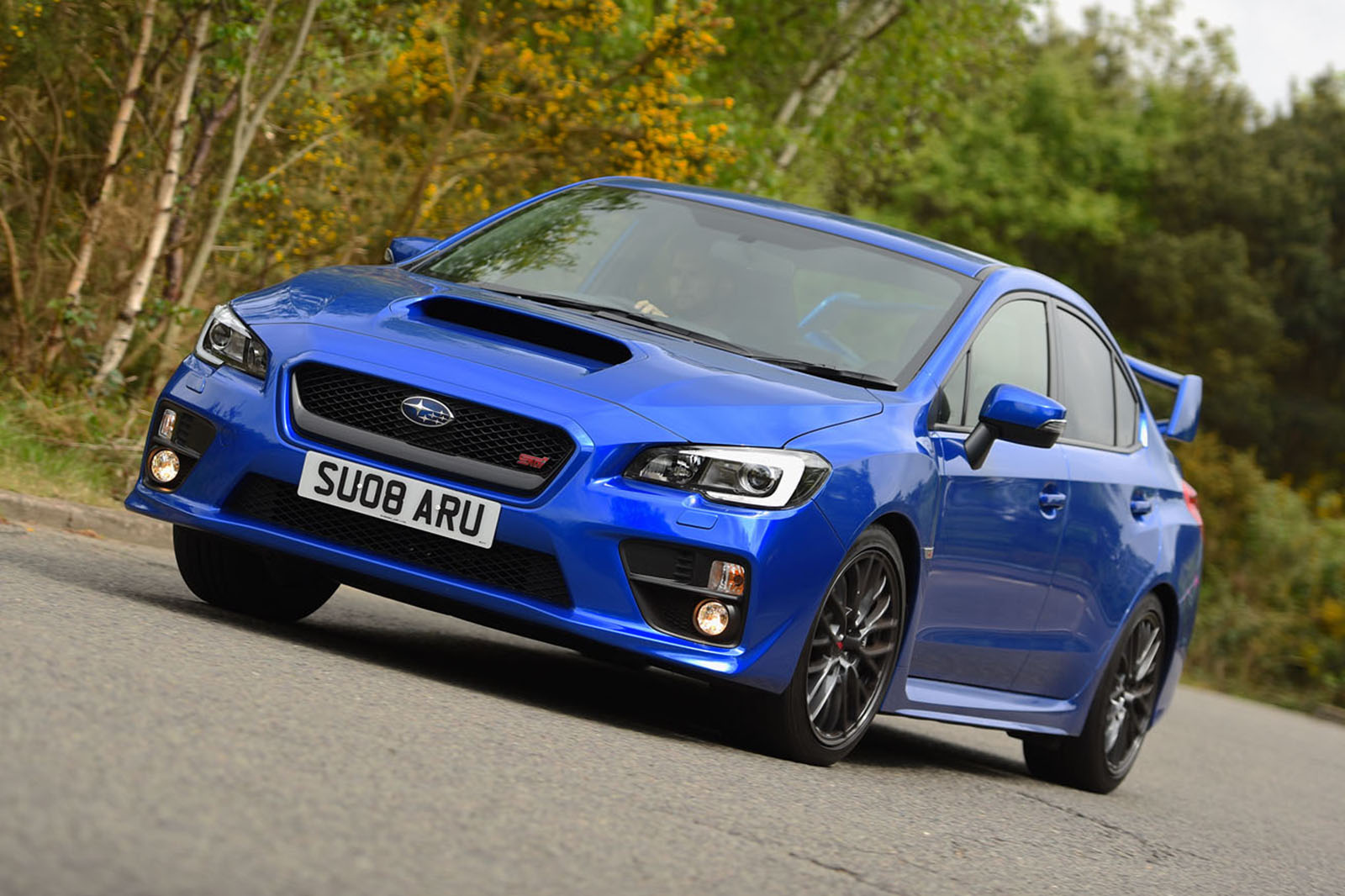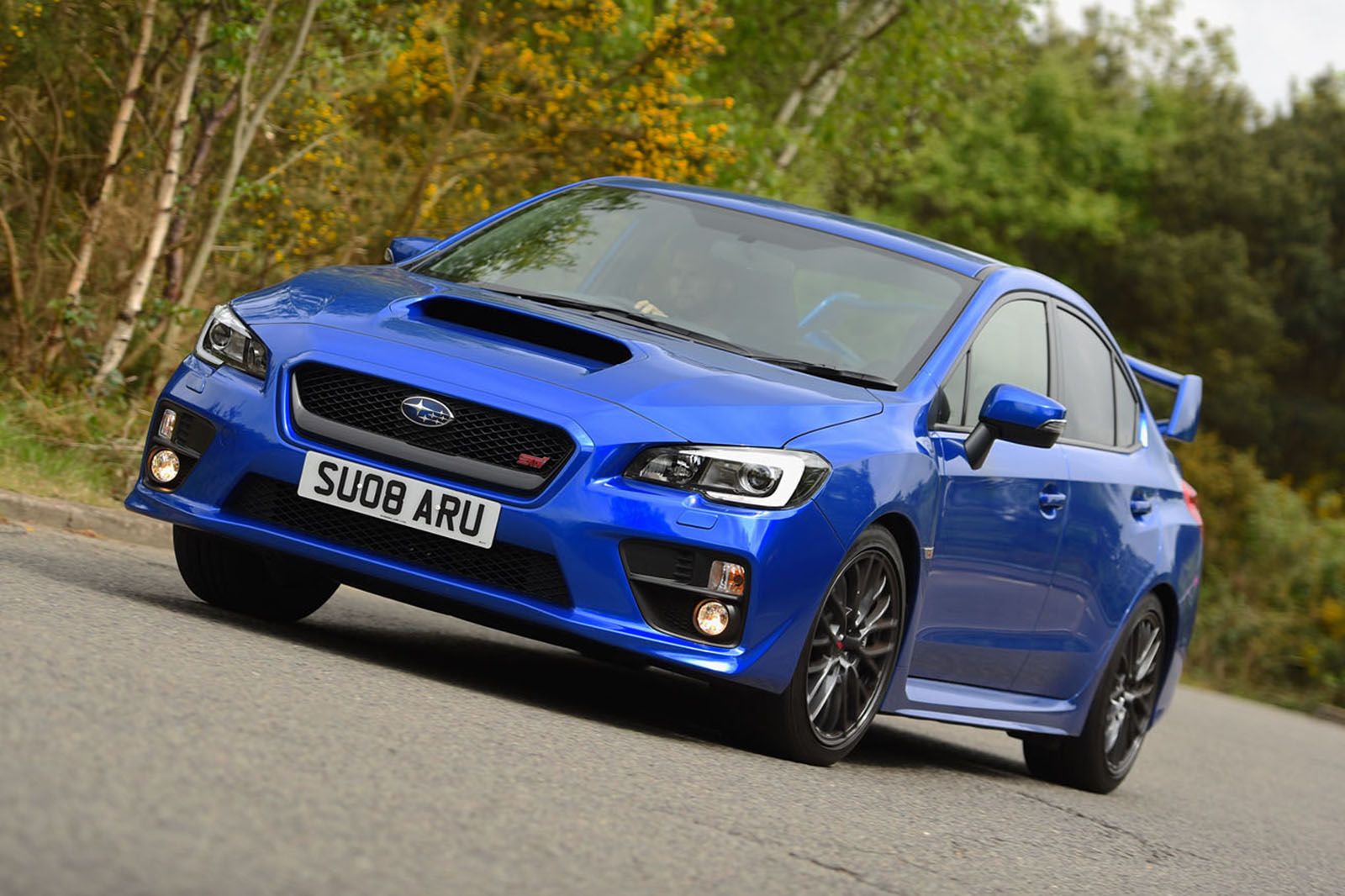After a long time in a wilderness of exchange rate-induced irrelevance, the Subaru WRX STI is back – and at a price that demands the sort of full appraisal that only an Autocar road test can provide.
Fuji Heavy Industries set up its motorsport division, Subaru Tecnica International, in 1988. The first Impreza WRX STI was launched in 1994, based on the 247bhp Japanese-market ‘GC8B’ Impreza. Power grew to 271bhp later that year.
The most famous STI remains the 22B coupé of 1998, just 16 of which came to the UK officially — although many more were imported via other channels. Highlights since include the UK-only Prodrive-tuned P1 of 2000, the 2004 WR1 and the 2006 RB320.
With a retuned chassis, a new bodyshell, new steering and an improved cabin, this STI is a whole new prospect. And yet it’s so familiar.
To an extent, it’s the same fast 4x4 saloon that won such an enthusiastic following off the back of the WRC success of McRae, Burns and Solberg.
But all that was more than a decade ago, and since then times have been tough for this rally refugee. So can a price cut and an injection of stiffness, sharpness, plushness and practicality make an ageing performance concept appealing again?
We’ve seen hot hatches grow in stature and sophistication, to the point where some now set a very high standard indeed on performance, handling and value for money. In fact, since the last WRX STI departed and this gen arrived the market has evolved and changed so much, even today the Subaru finds itself up against a wealth of all-wheel drive equivalents, including: the Volkswagen Golf R, Ford Focus RS, Audi RS3 and the Mercedes-AMG A45, not to mention the latest Honda Civic Type R, BMW M140i or the newest addition to the clan - the Hyundai i30 N.



